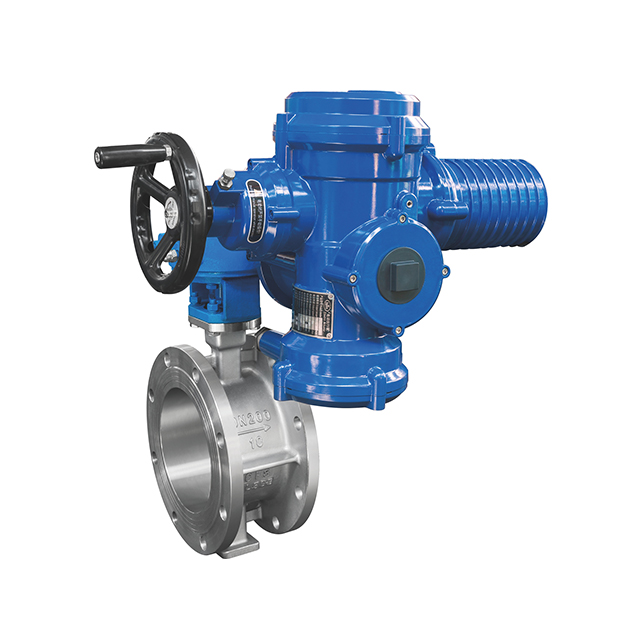It is important to install the valve correctly to avoid leakage. That means you need to find a butterfly valve manufacturer,like Xintai. If it is not installed correctly, the valve could leak, which can cause huge losses. The good news is that butterfly valve leakage is typically easy to fix. Some leaks, however, require a valve replacement.
Butterfly valves have a lever handle that indicates whether or not the flow is flowing. Turn the handle partway to open the valve. To close the valve, turn the handle perpendicular to the stem. If the butterfly valve is closed, the lever must be parallel to the stem. If it is open, it will be horizontal. When installing a butterfly valve, make sure to keep the stem above the other pipe elements.
You can determine whether the butterfly valve is open or closed by looking at its handle. These valves come in different styles, with concentric or eccentric discs and a wide range of performance. In some cases, they have high-performance features. Here are some common types of butterfly valves. If you have a question about how to determine whether a butterfly valve is open or closed, read on!
When installing a butterfly valve, check to see that it is installed properly. If the seating is not seated correctly, the valve will not close completely. Check the valve’s disc to see if it has score marks. If the discs are too worn, they may not have been properly fitted. In this case, open the valve about ten degrees. This will allow for high-velocity flushing action.
Butterfly valves come in a wide variety of styles and materials. While some are suited for liquids and gases, others are suited for grit, sand, or other solids. Different butterfly valve designs are designed to handle different materials, and their leakage limits may vary as well. To understand what type of butterfly valve you need, read more about the types available. You can also learn about how to identify if your butterfly valve is open or closed.
Before installing your Butterfly valve, make sure the flanges and pipelines are clean. Also, remember that it’s important to regularly apply grease to butterfly valves, as they are constantly in contact with fluids. Apply grease to the butterfly valve’s grease fitting at regular intervals to prevent rust and corrosion. Ideally, use lithium-based grease. Before you install your Butterfly valve, make sure the flanges are spread wide, and the pipe work is aligned properly.
Butterfly valves have a horizontal stem to allow debris to pass by. This design is important as solids can lodge under the disc at the spindle and damage the seal. To prevent this from happening, the disc should lift up away from solids on the upstream side of the valve. Butterfly valves cannot be pigged, which is when a pig is used to open or close a butterfly valve.
Butterfly valves are also used in automobile systems. Most of us have probably seen them in a car’s carburetor, where they regulate the airflow. They are often partially open to regulating the flow of air in and out of a car’s engine. The open and close positions are regulated by the butterfly valve’s disc. If the pressure is higher than the set value, the butterfly valve will open. When the pressure drops below the set value, the butterfly valve closes.
To open or close a butterfly valve, turn the handle of the valve a quarter turn. This causes the disc to move from perpendicular to the flow of media to the parallel position. The disc also moves away from the seat and toward the centerline of the valve. When closed, the valve’s soft seat wedges against the disc. Different types of butterfly valves are defined by the disc configuration and the type of end connections.
